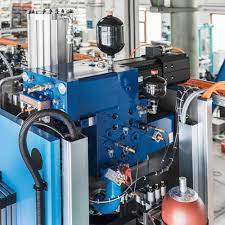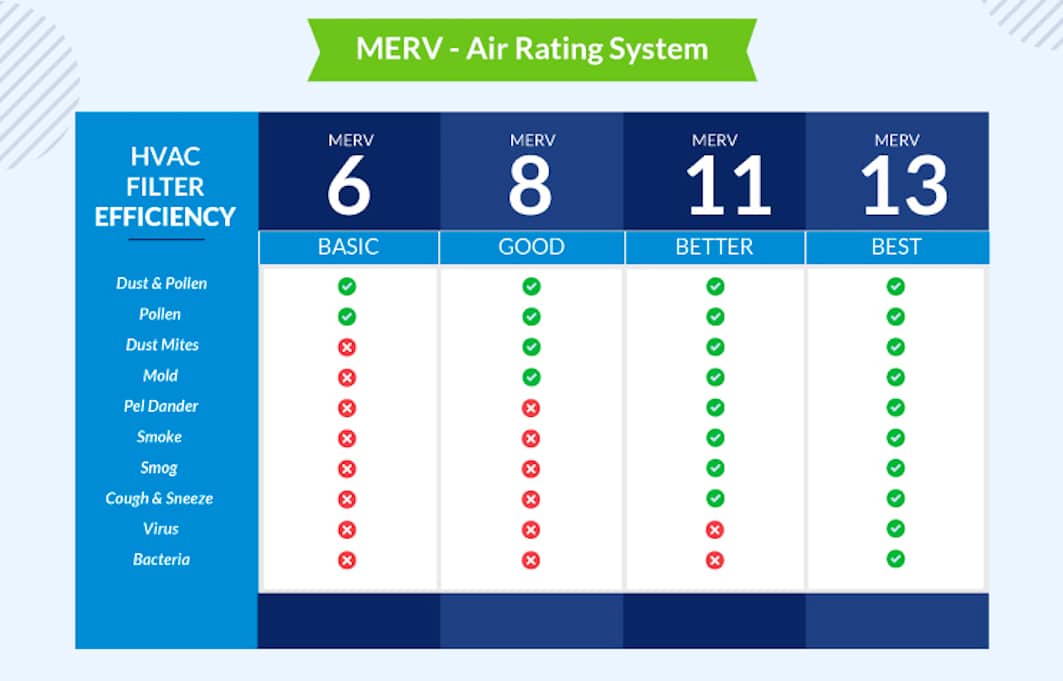Hydraulics in Modern Machineries

Modern Machineries Hydraulics
Hydraulics in Modern Machineries is equipments and tools that use fluid power to work and function. Almost all types of heavy machinery and equipment are common examples of hydraulics. With this type of equipment, hydraulic fluid is pumped to a high pressure then transmitted through the machine to various actuators.
The theory behind hydraulics equipment is fluid pressure and the force that acts on a small area can create a bigger force by acting on a larger area by hydrostatic pressure. A large amount of energy can be carried by a small flow of highly pressurized fluid. Hydraulic machinery serve several purposes and are specifically designed to be positioned in the correct orientation and tightened as needed. A quick disconnected fitting may also be added to a machine without the need to modify hoses or valves.
The growing popularity of hydraulic machines is due to the large amount of power that is transferred through small tubes and flexible hoses. The high power density and wide array of actuators can make use of this power, and most hydraulic pumps are powered by engines or electric motors. The pressurized fluid is controlled by the operator with control valves and then distributed through hoses and tubes.

The hydraulic pump will then supply the fluid to the components in the system. Pressure in the system will develop in reaction to the load. Pumps have a power density of around ten times greater than an electric motor. The pumps are powered by an electric motor or engine, which is connected through gears, belts or a flexible elastomeric coupling to reduce the heavy vibration. Common types of hydraulic pumps for hydraulic machinery applications include: gear pump – cheap, durable, simple, is less efficient due to its constant displacement but is suitable for pressures below 3,000psi; and vane pumps – are also cheap, simple and reliable pumps which are great for higher flow-low pressure output.
A hydraulic hose is also graded by pressure, temperature and fluid compatibility. A rubber interior is surrounded by multiple layers of woven wire and rubber, while the exterior of the hose is designed to resist against abrasion. A hydraulic hose’s bending radius is designed very carefully into the machine, since a hose failure can be very dangerous. A hydraulic pipe is thick enough to have threads cut into it for connections. It is rarely used for high pressure systems though, wherein tubes or hoses are commonly used. The hydraulic pipe itself lends to welding and can also be used to fabricate the manifold.
Hydraulic pipes and hydraulic tube bending are preferred over hoses whenever possible as they are simply more durable. Steel tubes and steel bending are also preferred over pipes as they weigh a lot less. Hydraulic tubing has flared ends and captive nuts to make connections, and can also be steel welded with floating nuts and face seal fittings on the ends. Both tubes and pipes for hydraulic applications are traditionally not plated or painted, since the temperature and oil they are exposed to in operations drive away moisture and reduce the risk of rust.
.



